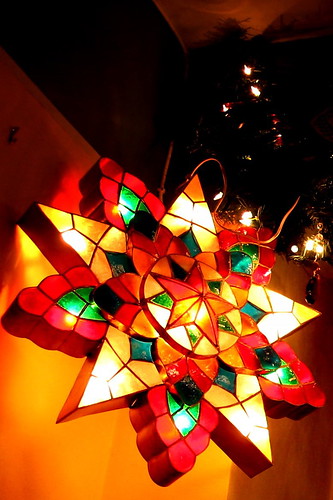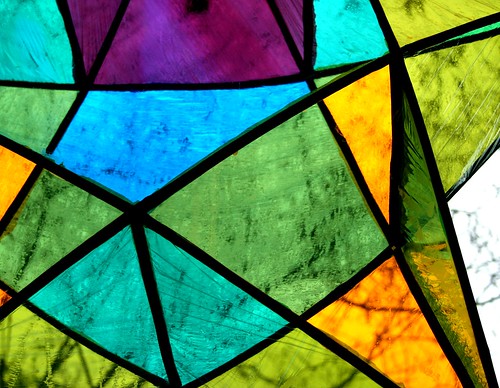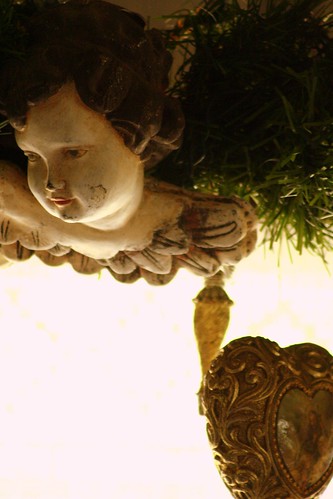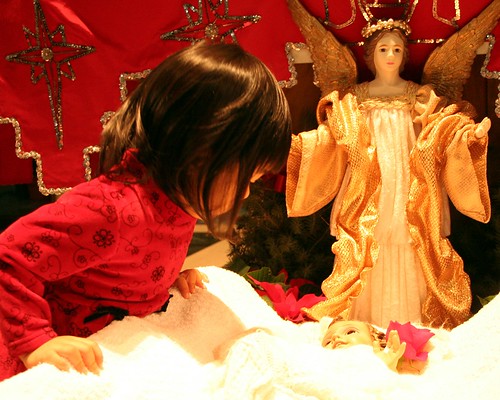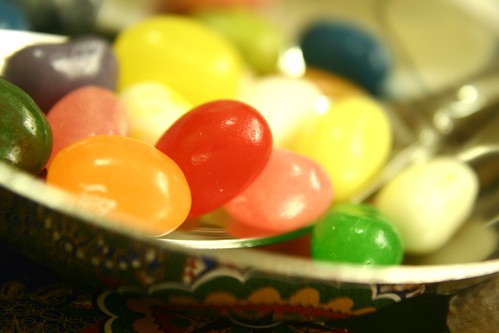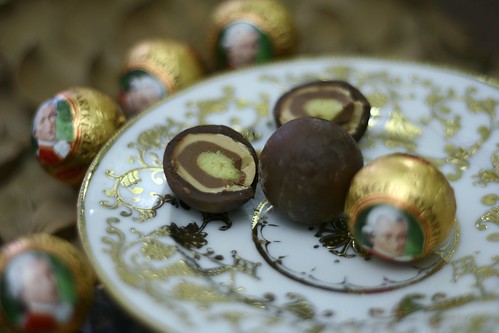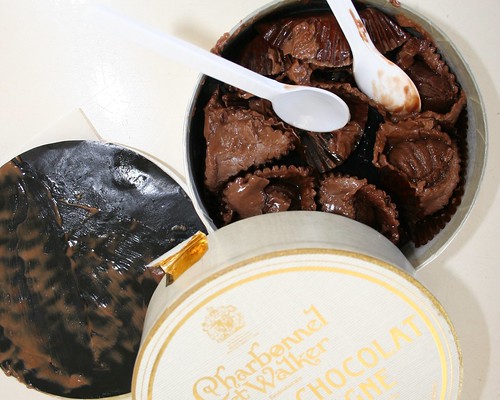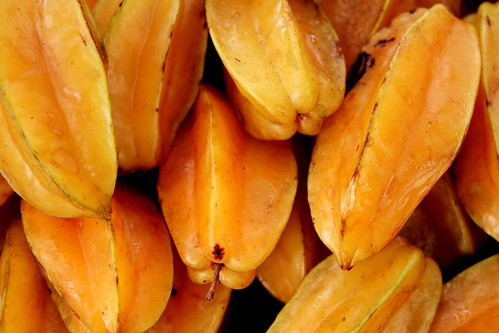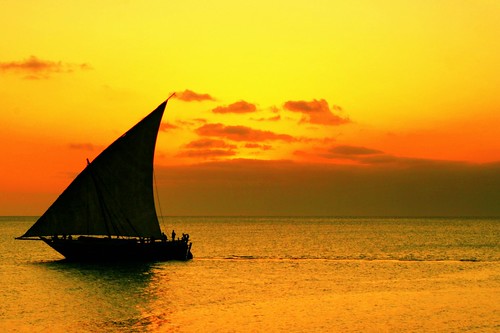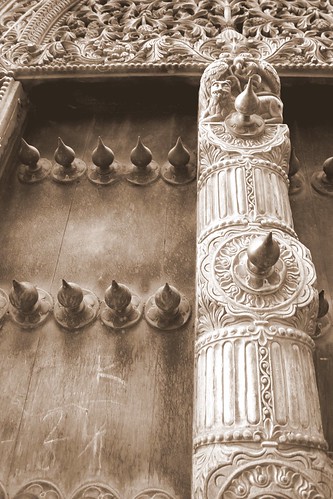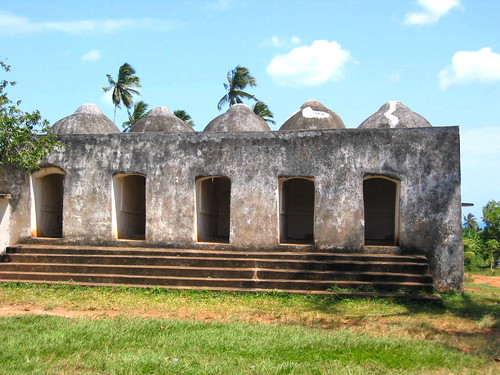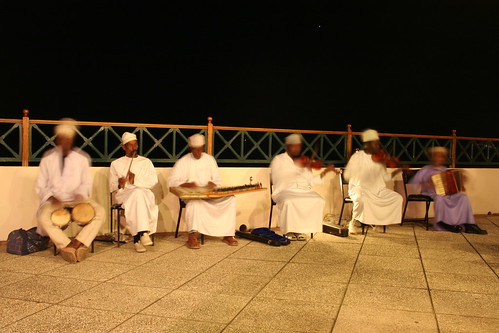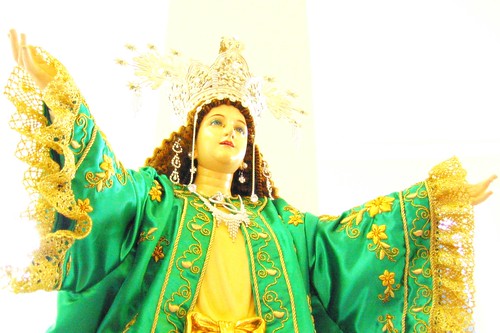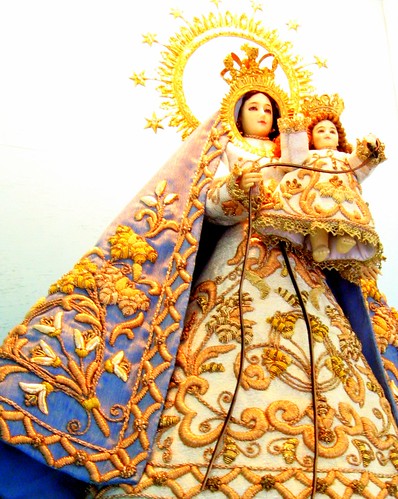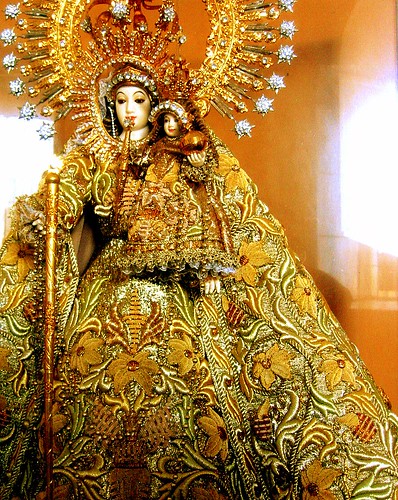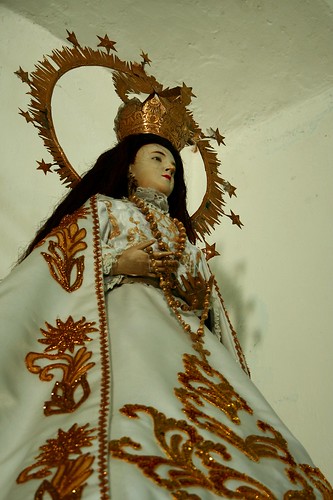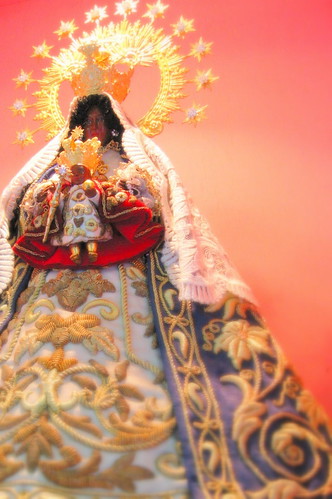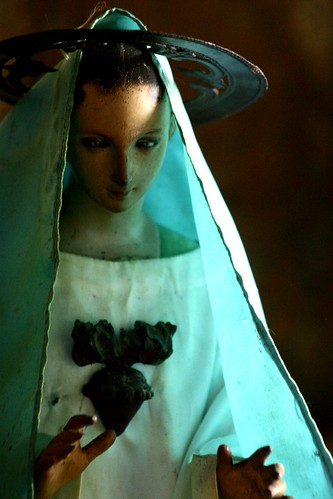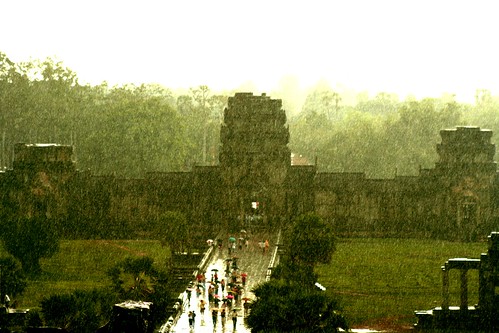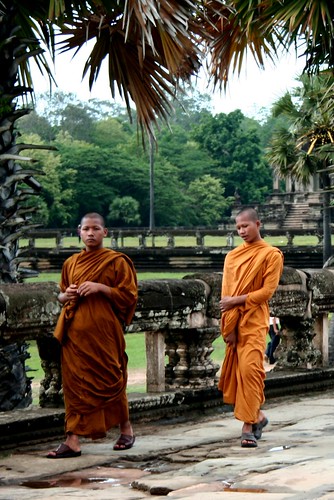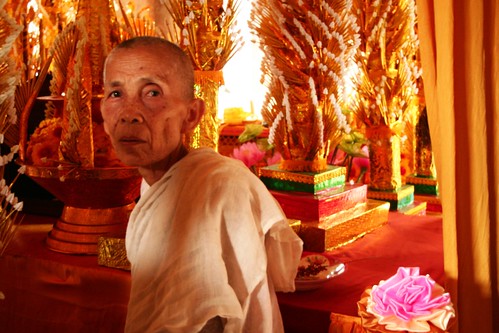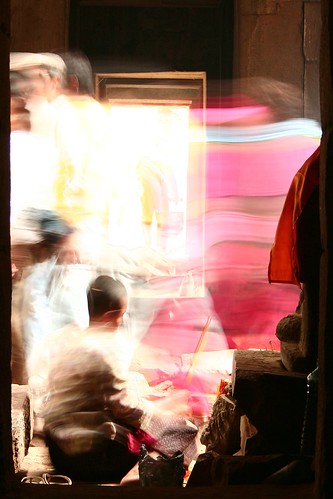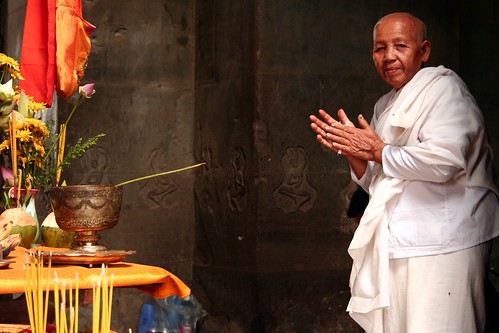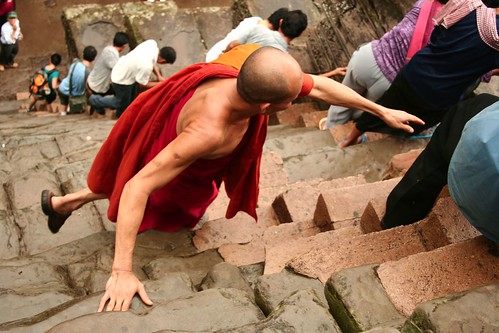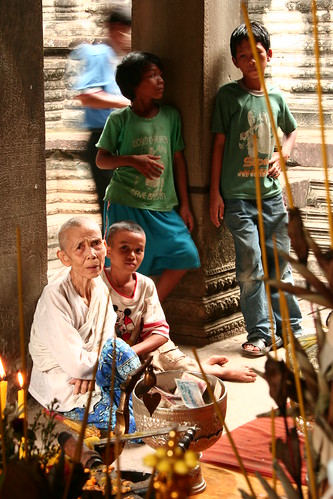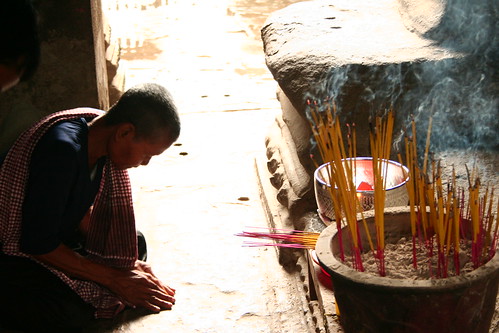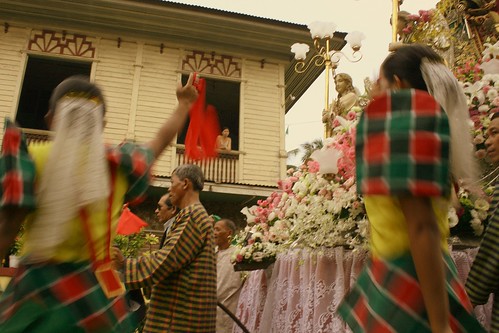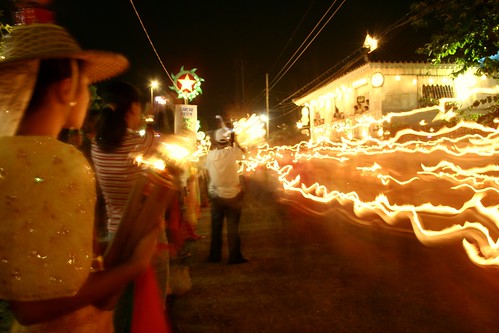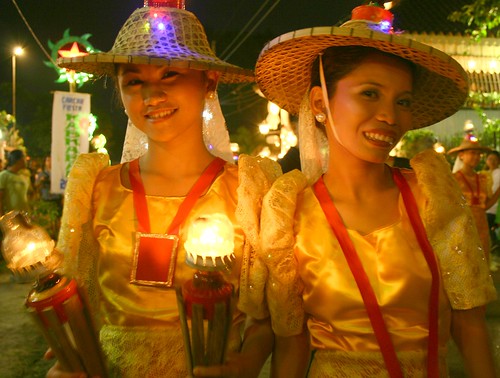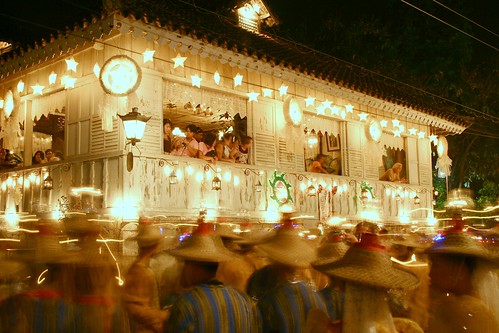Portraits in the Temple (Ngusabe Sukawati, part 1)
I travel to Bali at least four times a year. It’s work but going back to Bali is warm comfort. My close friends there are almost family, the places are mighty familiar and the language, at least the nationally spoken Bahasa Indonesia, is easy to speak (I only have a smidgen of Balinese).
So one hot and humid August afternoon, I found myself in Sukawati. I had one warehouse to inspect. That day also coincidentally happened to be the Ngusabe ceremony of the nearby big temple of Pura Dalem Gede Sukawati. My friend Komang told me that unlike other temple anniversary parades, the meped of Sukawati has a unique feature: the womenfolk actually would dress up in finery more grand than I would expect. I had to see it then. To most, women’s regular temple wear of kamben sarung (sheath or cloth wrapped or tied around the waist) and kebaya (long-sleeved top, often made of lacy, sheer or light material) is already not your typical Western Sunday dress. How more splendid can these costumes be?
travel tip: For the foreigner, wear Balinese attire to get inside the temples.
Canon PowerShot S40, 0.025s, f/5, 14.7mm
women in traditional temple kebaya and kamben wear, Pura Gelgel, Klungkung, Bali, Indonesia
Just before 3PM, with the car parked by the warehouse, we walked to the temple, an easy 3 block distance. I already changed to Balinese getup – I always have one handy when in Bali – so I was able to go inside the temple with the templegoers who were filing in. I know the routine: people progressively enter a series of enclosed courtyards until they finally get ushered in the innermost square. The whole temple could barely accommodate a thousand worshippers at one time so the tens of thousands of people visit the temple at different times of the day on their own convenient time. Just like Catholic mass during Sundays in the Philippines, temple blessing rites are repeated in cycles the whole day.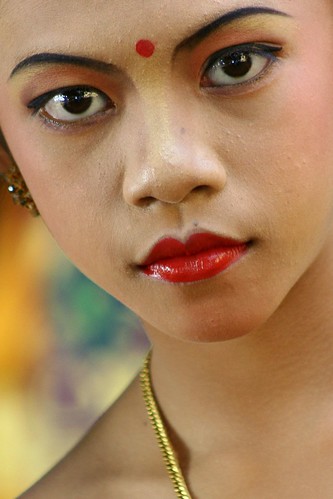
phototip: Ask permission to take photographs. Balinese live under the periscope of tourism so often, they would be friendly to photographers and tourists.
Canon EOS 350D, 0.006s, f/5.0, 180mm, ISO 400
Sukawati, Bali, Indonesia
However, I was more excited about the late afternoon meped parade. After taking pictures of the rituals inside the temple, I waited outside the gate. My excitement was building up. Slowly, women of all ages started arriving and as my friend Komang warned me, in severely formal garments that I normally associate with wedding or tooth-filing ceremonies. 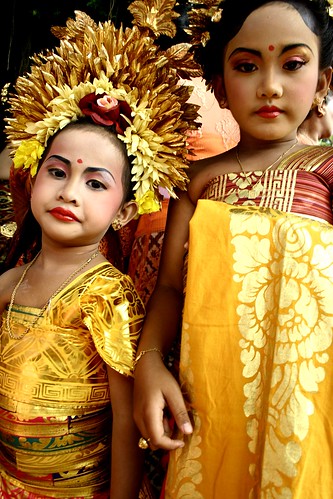
phototip: Crouch low to shoot girls at or below the kids’ eye level. The angle prevents distortion.
Canon EOS 350D, 0.025s, f/5.6, 18mm, ISO 100, uncropped
Sukawati, Bali, Indonesia
From girls as young as six to seniors in their seventies, the women were resplendent. Instead of a baju or kebaya, women wore the anteng, a long strip of stiff gilded prada/perada cloth bound around their torso like a tube. Some had part of the anteng fabric draped over the left shoulder and some wore a selendang shawl. Their kamben sarung skirts were long, punctuated with a mermaid’s tail that literally had to be dragged mercilessly on the ground. Some women even wore an underskirt tapih which only shows when walking. Their sabuk sash also had the same gold leaf pattern. Aside from traditional jewelry and makeup, they also wore gold or silver leaf hairpins arranged around bouffant beehive hairdos like a crown and I know that they are heavy. 
phototip: I find most Balinese to have difficulty in smiling freely in front of the camera. It could be restraint, formality or just shyness. Coax and coach your subject.
Canon EOS 350D, 0.008s, f/5, 135mm, ISO 400, uncropped
Sukawati, Bali, Indonesia
Balinese ceremonial wear is not a dictate of fashion but is a prescription of function and symbolism. Temple attire in Hindu Bali is strictly prescribed and followed. The belief is that there are body parts that should be exposed, harnessed, or covered up and the proper dress helps fulfill these conventional codes. Which makes me realize how meanings evolve over time as I’ve been told that up to the early 1900s, Balinese women went topless until the Dutch decreed them to go “moral” and cover up.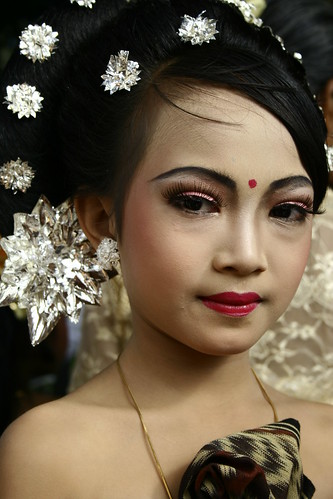
phototip: A pretty subject never hurts. This girl happens to be the granddaughter of a lady storeowner from whom I ordered wooden invitation boxes and souvenir gift chests for my wedding last April.
Canon EOS 350D, 0.008s, f/5.6, 45mm, ISO 100
at Pura Delem Gede Sukawati, Bali, Indonesia
But how much does this getup cost? A lot. There are those who can afford and invest on their own garments. Nowadays however, families mostly rent the costumes and headdresses from local providers. Makeup often come with the package which can run from $15 to $25/day depending on the ostentation. One thing that needs to be said though is that the Balinese have adapted to the times. In the past I’ve read that perada fabrics really use real gold which means that they cannot be washed nor laundered. Nowadays, gold or silver paint is applied unto the stiff cotton so I am not sure about “no wash” part. 
phototip: Switching to black and white eliminates the distraction of color and evokes timelessness.
Canon EOS 350D, 0.33s, f/5.6, 52mm, ISO 100, +1/3EV, uncropped
Sukawati, Bali, Indonesia
Part 2: The Meped Parade






